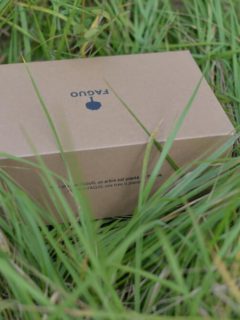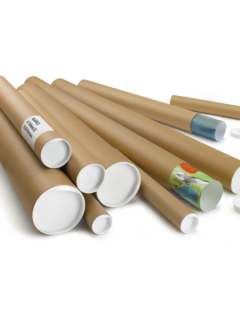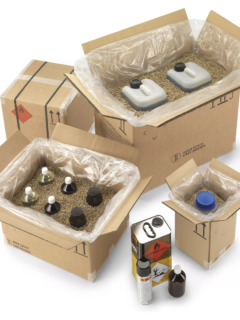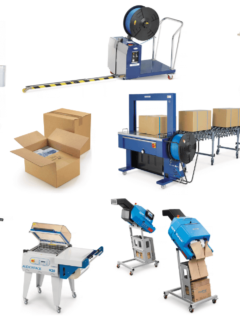Moisture absorber or bubble wrap? How do I protect a parcel from moisture?
Irrespective of the product the retailer is sending to the customer, it is necessary to properly protect the parcel during transport. We are talking about shocks as well as the effects of external factors such as weather conditions or moisture, among others. How do you protect a package from moisture? Is it better to use a moisture absorber or bubble wrap?
Conditions during the transport of a parcel can vary
First of all, the seller must be aware that the parcel often has to travel hundreds or even thousands of kilometres to reach the customer. Therefore, it is necessary to properly secure the parcel, also in terms of weather conditions. This includes rain or hailstorms. It is therefore necessary to protect the parcel from moisture. This applies in particular to electronic products and those that are exposed to mould, for example. This includes, but is not limited to, foodstuffs.
This can be done in several ways. Most retailers either use a moisture absorber (i.e. sachets that absorb moisture) or protect the product with bubble wrap. Sometimes it is a good idea to use both types of protection.
Moisture absorber: how do the absorbent sachets work?
As far as the moisture absorber is concerned, it is mainly used when securing shipped food or goods. The sachets have strong absorbent properties to keep the products being transported dry. The properties of sachets are due to the presence of one of two ingredients in their composition – namely silica or clay.
Sachets filled with silica gel are worth using when securing shipments of clothing, pharmaceuticals, food products and electronic goods. Silica gel has excellent desiccant properties on the one hand and great value for money on the other. Clay-filled sachets, on the other hand, effectively protect goods from corrosion and are therefore well suited to sectors such as food, mechanical and marine. Both clay and stoneware gel are non-toxic and safe.
Thus, the moisture absorber is undoubtedly useful in protecting food products, clothing, medicines or electronics.
Bubble wrap: protecting a parcel not only against moisture, but also against shocks
Another way to protect a parcel from moisture is to use bubble wrap. Bubble wrap not only provides excellent protection against moisture, but also against shocks or scratches. For this reason, it is used to protect particularly fragile products – not only glass or ceramics, but also electronic equipment – during transport. At Rajapack, bubble wrap is available with small and large bubbles, on a roll, with or without perforation. In addition, bubble wrap pouches and bubble wrap in a dispenser carton are also on offer.
Securing a parcel using bubble wrap is extremely simple. It is advisable to wrap the original packaging containing the product (if, for example, we are talking about electronic equipment) in foil (preferably twice) and then tape it additionally. If the product is then placed in another cardboard box (which is by far the best solution), it is a good idea to additionally fill the free space with foil. This will provide additional protection against moisture.
Both forms of parcel protection can be used
It is also worth bearing in mind that, in the case of goods which are particularly susceptible to moisture and at the same time extremely sensitive to shocks, it may be a good idea to use both types of protection – i.e. both moisture-absorbing sachets and bubble wrap. This applies particularly to electronic products.
It should also be remembered that, in addition to using damp-proof sachets or bubble wrap, it is also important to carefully protect the entire parcel – for example by carefully taping the joints and corners of the parcel. This provides additional protection for the parcel.
In addition to this, don’t forget to secure the label which will be placed on the parcel. It is a good idea to wrap the label in transparent film and only then to affix it to the cardboard box.
It is therefore not difficult to protect the parcel from moisture, but it is worth remembering that the right accessories – i.e. moisture absorbers and bubble wrap – will need to be used.














